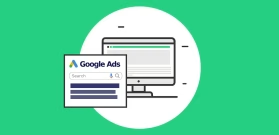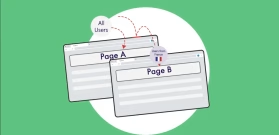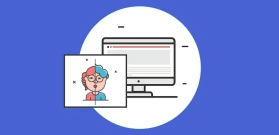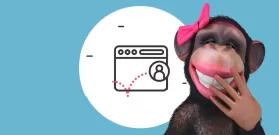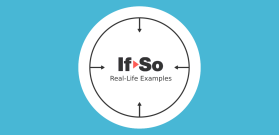Gender Differences in Digital Marketing: Why should men and women be handled differently?
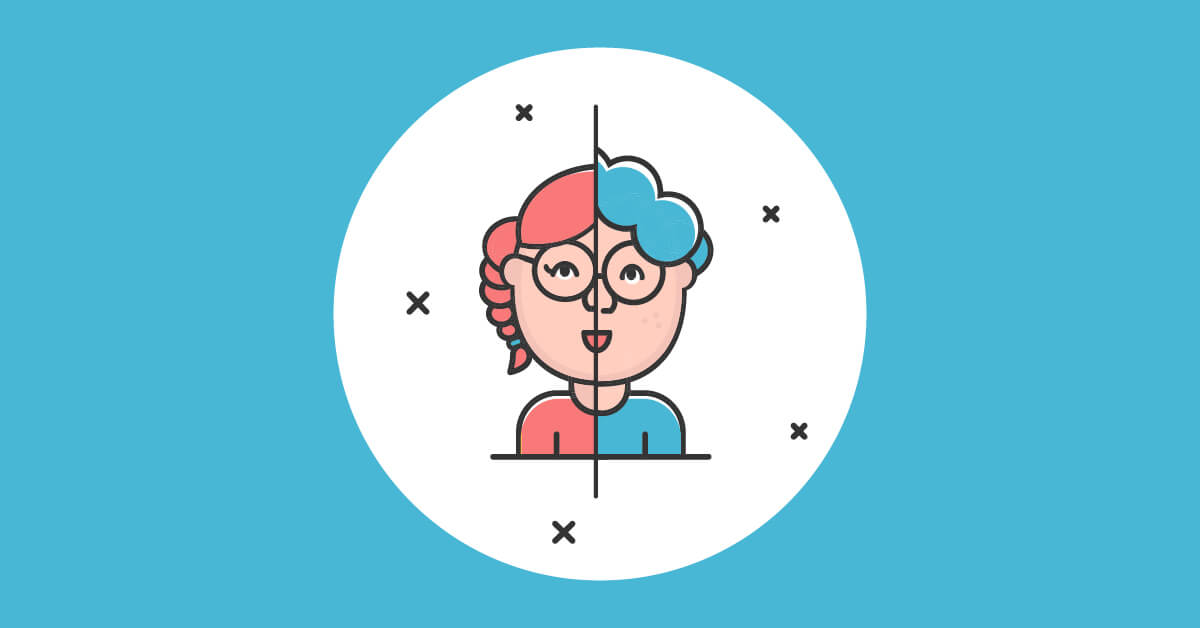
The world of digital marketing is focused on developing a message around your product or service and delivering that message to a targeted audience—at scale. Often, this targeted audience is extremely granular. Facebook ads, for instance, let clients target based on things like interests, activities, or locations. That said, gender is something that digital marketers cannot ignore. Simply put, in some cases, men and women should be handled differently when marketing products or services.
Research proves that digital marketers should pay close attention to these gender differences. According to Gloria Moss’s Gender, Design and Marketing: How Gender Drives our Perception of Design and Marketing, males and females shop differently. They don’t analyze a product or service in the same way and their motives for shopping can significantly differ.
The fact remains that digital marketers must take a nuanced approach when marketing to both genders. By doing so, they will ultimately find more success in selling their product or service. In this article, we will further explore certain gender differences that marketers must take into account when communicating with their audiences.
Men and Women Have Varying Motives for Shopping
One of the biggest differences between male and female shoppers centers on their motives for shopping. Even though it is easy for marketers to focus on a single value proposition for their product or service, men and women often look at these offerings in a different way.
According to a study by The Mediterranean Journal of Sciences, men take a more utilitarian approach to shopping while women are more hedonistic. By utilitarian, we mean that these male shoppers are focused more on the practical elements of the product or service. They are shopping to “get something done” and solve an underlying job in their lives. By contrast, by arguing that females are hedonistic, we mean that they are more likely to rely on their intrinsic or emotional responses when contemplating a purchase.
Addressing Varying Motives in Your Marketing Campaigns
This difference can play a large part in whether your digital marketing message properly resonates with your audience. For instance, if your product or service targets men (like men’s clothing or even a product for his car), you are going to want to be biased toward delivering a utilitarian message. You should show how your specific product will solve the current pain point in their lives. The pain point may be small, but by framing your message in this way, statistics show that your message will be stickier. If you are targeting women, appeal to their emotional or intrinsic side. Explain how your product or service is going to make them feel. Convince them that it is going to improve their lives in a dramatic way. Doing this will increase the odds that your targeted women will make the purchase.
Visual storytelling can be powerful in reaching this segment. Using tools like Picsart can assist marketers to quickly modify an image, perhaps pulling attention to ways your product or service enhances feelings of joy or offers comfort. Such emotive imagery showcases that the product is not just a purchase, but a significant addition to their lifestyle.
Men and Women Arrive at Decisions Differently
Digital marketers must also account for the different ways that men and women arrive at decisions. While all of us make that final choice of purchasing or not purchasing the product, we come at it from different angles.
Let’s start with the ladies. Women embrace a holistic approach to making a shopping decision. They integrate all of the elements before signing on the dotted line. They are more than happy to take their time and look at the big picture. Men take a much more direct route. Generally speaking, their approach takes advantage of elimination. They decide which parts of a product or service matter most and then eliminate those products or services that don’t have those elements. They eliminate the competition until one product or service remains.
Addressing Varying Decision-Making in Your Marketing Campaigns
Like motive, these decision-making approaches can have large consequences when marketing to different genders. Let’s say that you are trying to sell a kitchen appliance to a woman and a man. When marketing that appliance to a woman, it would be in your interest to explain how each positive element of your product creates a comprehensive plethora of value to that shopper. In other words, you will want to paint the metaphorical tapestry for the female shopper. As for men, you need to gain an intimate understanding of what men are looking for in the appliance generally. From there, show how your appliance contains those elements and that your competitors’ appliances don’t have those elements. You’ll increase the odds of having your message stick with your male targets.
Men and Women Differ on Where the Final Purchase Occurs
While both genders are obsessed with online shopping, there are some differences in their attitudes toward shopping on different types of devices. Surveys show that men are more likely to use their mobile phones to shop than women. And as far as tablet shopping, 20.4 percent of male respondents said that they have used tablets like iPads to purchase goods or services while only 16.9 percent of female respondents have done the same. When purchasing through mobile devices, men want an experience that saves them money and time. Women are looking for experiences that let them browse catalogs and products and easily share their finds with others.
Reaching Men and Women Where They Love to Shop
Even though digital marketers may not be intimately involved with the design of their mobile websites and apps, they must do the best they can to account for these behavioral differences. For instance, if your product or service is more catered toward men, work with your colleagues to ensure that the mobile versions of your website are free of bugs. Do your best to make sure the checkout funnel is as clear and short as possible. Feel free to entice male customers with financial incentives on your app. If you are targeting women, make sure that your mobile website and app let them easily share targeted items with friends and family.
Men and Women Respond Differently to How Information is Presented
Finally, one key difference that digital marketers should account for is gender differences related to communication. It’s quite obvious, but it is worth repeating: you cannot use the same message when trying to sell your products to both genders. In a general sense, men like receiving all important information upfront and then obtaining background information later. For women, however, the process is more effective when it is reversed. Women like receiving background information first and then receiving the important information that can lead to the sale. Because women embrace this holistic approach and make decisions on a deeper level, providing thorough background information earlier in the pitch can pay off in spades down the road.
Communicating Your Pitch to Men and Women
Therefore, when marketing your product or service to men, don’t hesitate to get straight to the point. Be direct and show how your offering can make a tangible difference in their lives. For women, don’t hesitate to take it slow. Paint the entire picture for them and close with the most important information.
Conclusion: Taking Advantage of Gender Differences
While some digital marketers view gender differences as an obstacle they need to overcome when making a sale, the more appealing perspective is that gender differences can be a massive opportunity. By understanding the differences outlined above and iterating your pitch to account for them, you will find more success when marketing to both genders.
Ultimately, the best time to get started is today. Whether you run a small experiment on a new product or service you are marketing or take a larger, more comprehensive approach to account for these differences, taking action today will lead to massive benefits in the future.
[was-this-helpful]
